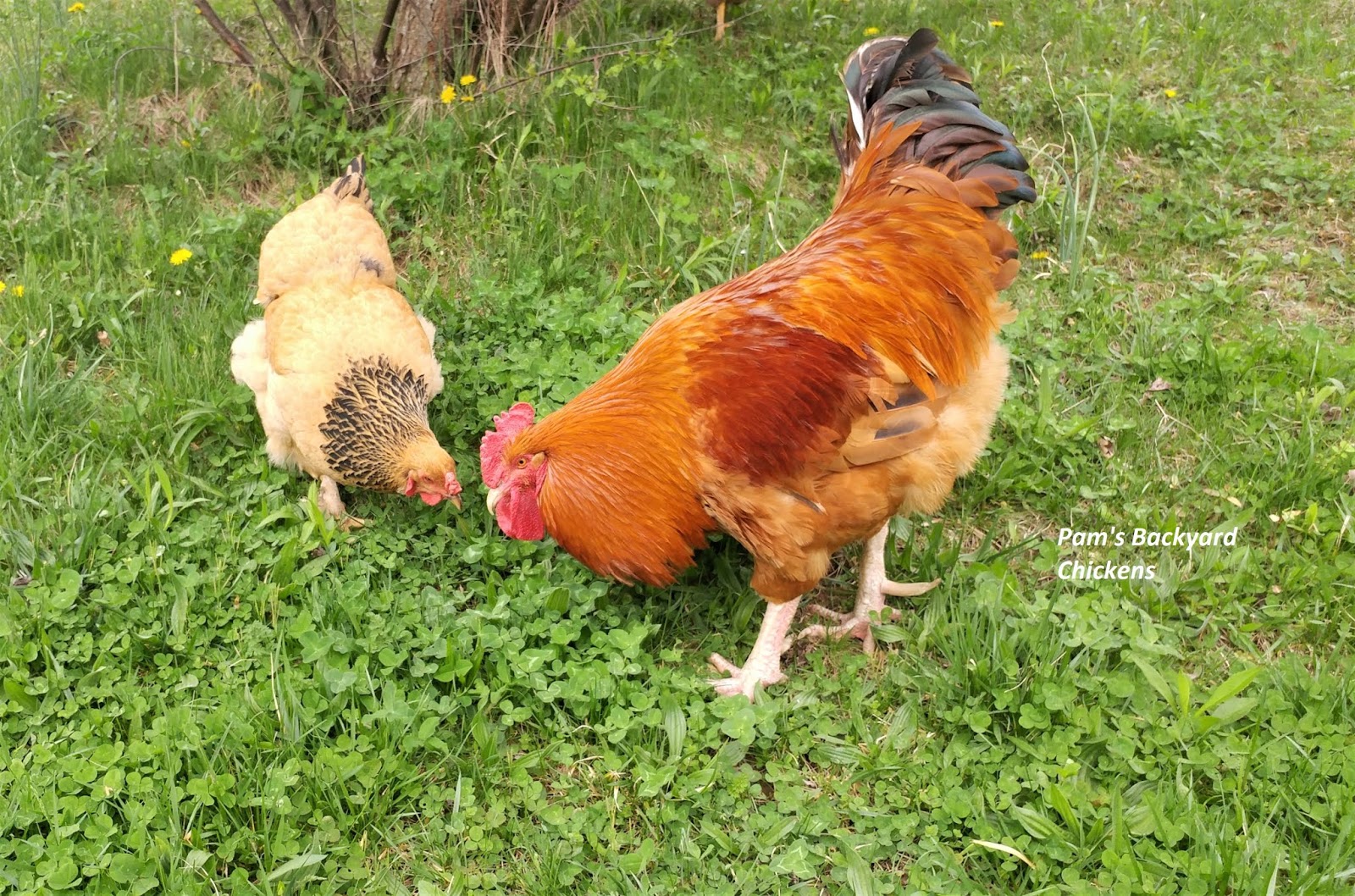The Intriguing World of the Chicken Eating Spider
Hey there, curious parents! Are you ready to dive into the captivating universe of a creature that’s both fascinating and a bit hair-raising? We’re talking about the notorious chicken eating spider, a subject that might send a shiver down your spine – but fear not! This guide is here to enlighten you about these intriguing arachnids so you can share the wonders of nature with your kids in a fun and educational way. Grab your explorers’ hats, because we’re going on an adventure into the world of the chicken eating spider!
What Exactly Is a Chicken Eating Spider?
First off, let’s clear the air. The term “chicken eating spider” might conjure up images of a gargantuan spider preying on unsuspecting farm fowl, but it’s a bit of a misnomer. The spider in question is actually called the Theraphosa blondi, commonly known as the Goliath Birdeater. Now, before you start envisioning scenes from a horror movie, let’s set the record straight: these spiders rarely eat birds, and chickens are certainly not on their daily menu!
Meet the Goliath Birdeater
The Goliath Birdeater is a species of tarantula that’s native to the rainforests of South America. It’s the largest spider in the world by mass and size, which is quite a title to hold. Despite its formidable name and size, the Goliath Birdeater mainly feasts on a diet of insects, small mammals, and amphibians. But why the bird-eating reputation? Well, it was named by explorers who witnessed one consuming a hummingbird — a rare occurrence, but enough to land it a name that sticks!
Understanding Spider Behaviors and Diet
Let’s chat about spider behaviors and diets. These spiders, like many others, contribute to the ecosystem by keeping pesky insect populations in check. This means fewer mosquitoes and flies buzzing around your family picnic! Sharing this information with your little ones can help them appreciate the balance that these creatures bring to our environment.
But Are They a Threat to Chickens?
The rumor mill might have you believe that your backyard chickens are at risk from these eight-legged giants, but rest assured, the Goliath Birdeater is not a poultry predator. Chickens can live harmoniously without fear of these spiders, which prefer their natural habitats far from farm life. Educating your children about the unlikely interaction between these spiders and chickens can demystify any unfounded fears.
Educational Activities to Engage Your Kids
Now that we’ve established what chicken eating spiders are – and are not – let’s explore some entertaining and educational activities you can do with your kids:
- Spider Safari: Create a backyard exploration trip to search for local arachnids (safely, of course). Capture photos and compare them to the Goliath Birdeater at home.
- Arachnid Art: Encourage your kids to draw or craft their own Goliath Birdeater, giving them a chance to express their creativity while learning about anatomy and habitats.
- Nature Documentary Nights: Watch documentaries that feature the Goliath Birdeater in its natural habitat to learn about their importance to the ecosystem.
Through these engaging activities, your children will develop an appreciation for the biodiversity of our planet and the role that even the most misunderstood creatures play in it.
Nitty-Gritty: Spider Characteristics Explained
To truly understand the Goliath Birdeater, let’s get into its characteristics. With robust bodies covered in hair and leg spans that can reach up to 30 centimeters (11 inches), they are impressive to behold. Their spinnerets — the silk-spinning organs at the back end of their abdomen — allow them to create shelters and line burrows. While they have fangs capable of piercing human skin, they’re mostly harmless to us humans. Bites are rare and usually result from improper handling or provocation. It’s crucial to respect their space and observe them from a safe distance.
That said, these spiders make fascinating subjects for learning. Their unique physical traits, behaviors, and place in the food chain all contribute valuable lessons in biology and ecology that can stimulate curiosity in both young and old alike. Stay tuned, because as we delve deeper into the life and habits of the chicken eating spider, we’ll explore the myths, facts, and the best ways to educate young minds about these extraordinary creatures.
There’s so much more to uncover about the chicken eating spider, and we’ve only just scratched the surface. In the next part of this guide, we’ll delve into their habitat, the role they play in their ecosystem, and how understanding them contributes to the broader knowledge of biodiversity. Stay with us as we continue this incredible journey into the natural world of the Goliath Birdeater spider!

Five Essential Tips for Parents Preparing for an Encounter with a Chicken Eating Spider
Stumbling upon a spider can be an unexpected adventure, especially when it’s one as dramatic as the Goliath Birdeater. Here are five important things parents should know to prepare for a (very unlikely but theoretically possible) encounter with a chicken eating spider:
1. Know the Habitat
Understanding where the Goliath Birdeater lives is crucial. They thrive in the deep rainforests of South America. So, unless you’re planning a jungle expedition with your kiddos, chances are slim you’ll cross paths with one. Still, learning about their habitat can be a fun geography lesson.
2. Recognize the Spider
The Goliath Birdeater is unmistakable due to its size. Teach your children how to identify it – and distinguish it from local species – so they can understand the diversity of spider life around the world. This could also be a fun ‘detective’ game for your backyard adventures.
3. Discuss Its Diet
It’s important to reassure children that despite its name, the Goliath Birdeater does not commonly dine on chickens. Explaining its actual insect-centric diet can be a comforting fact for kids who may be concerned about the safety of their feathered friends.
4. Emphasize Respect and Caution
Although encounters with the Goliath Birdeater in its natural habitat are rare, teaching children to respect all wildlife and to observe from a safe distance instills good habits. Explain that while they’re not aggressive to humans, they should never be provoked.
5. Inspire Conservation Efforts
Use the fascinating life of the Goliath Birdeater to spark conversations about conservation. Highlight the importance of preserving rainforest habitats not just for them, but for the entire ecosystem they help sustain. A spider this size doesn’t just fascinate; it also educates about the need for environmental protection.
Understanding the Goliath Birdeater can be a thrilling educational experience for your family. Even if you never see one in the wild, learning about these extraordinary spiders can teach valuable lessons about nature’s diversity and the importance of all creatures – no matter how large or small, feathered or eight-legged.
Delving into the natural world is a fantastic way to nurture a love of science and discovery in your children. The chicken eating spider, with its impressive size and misunderstood reputation, presents just the sort of mystery that can captivate and inspire inquisitive young minds. By providing both fascinating facts and myth-busting truths, you can foster a home environment where learning about nature becomes a lifelong adventure.
Keep these essentials in mind and remember that exploration, understanding, and respect are key when introducing your family to the wonders of nature’s giants. Whether you’re watching documentaries, reading books, or storytelling about the Goliath Birdeater, it’s all an opportunity to cultivate knowledge, empathy, and respect for the world’s vast array of creatures. Enjoy your learning journey!
For more great articles please see here. For more information see here
Disclaimer
The articles available via our website provide general information only and we strongly urge readers to exercise caution and conduct their own thorough research and fact-checking. The information presented should not be taken as absolute truth, and, to the maximum extent permitted by law, we will not be held liable for any inaccuracies or errors in the content. It is essential for individuals to independently verify and validate the information before making any decisions or taking any actions based on the articles.




